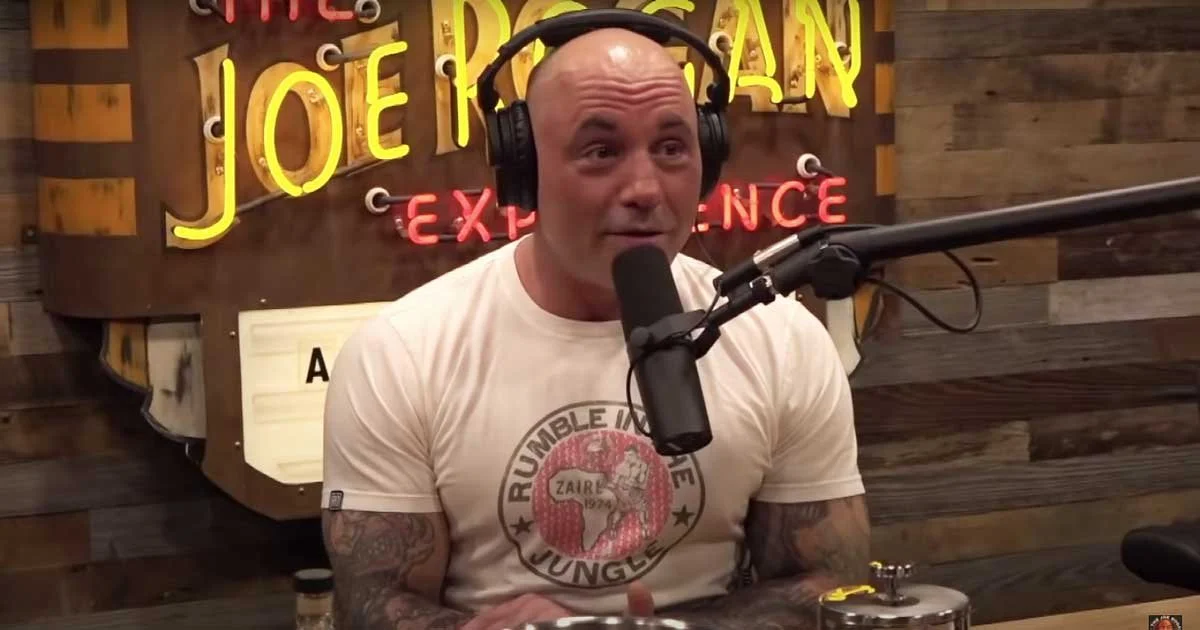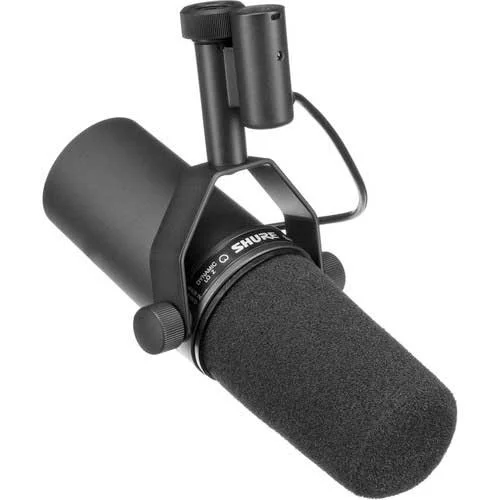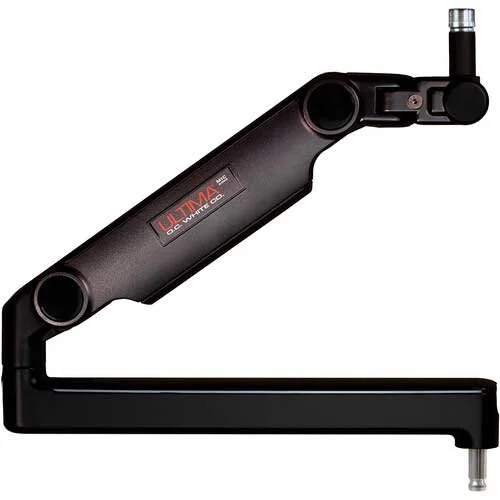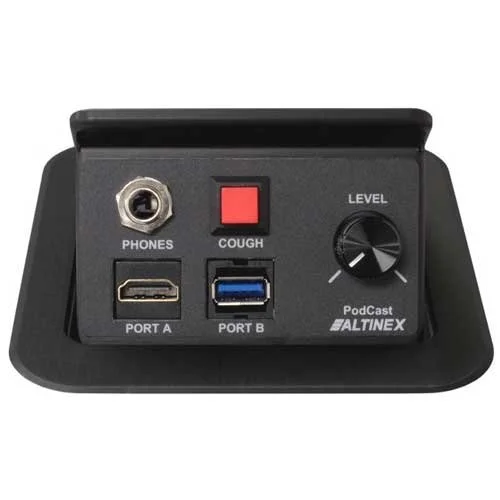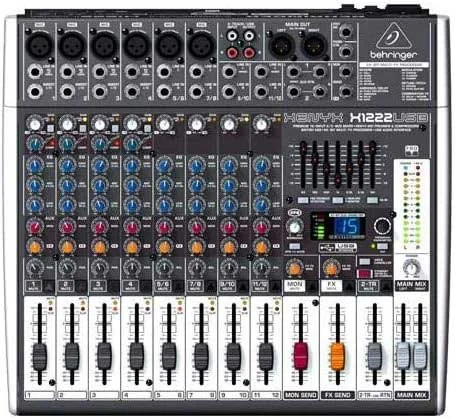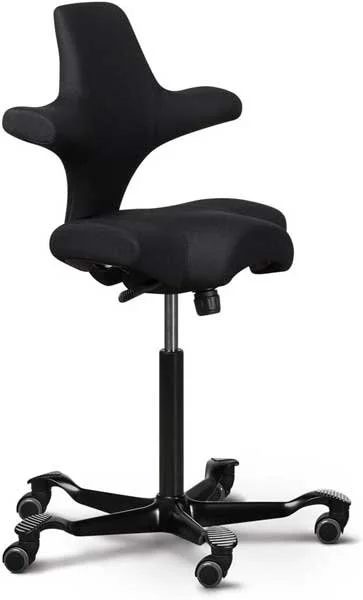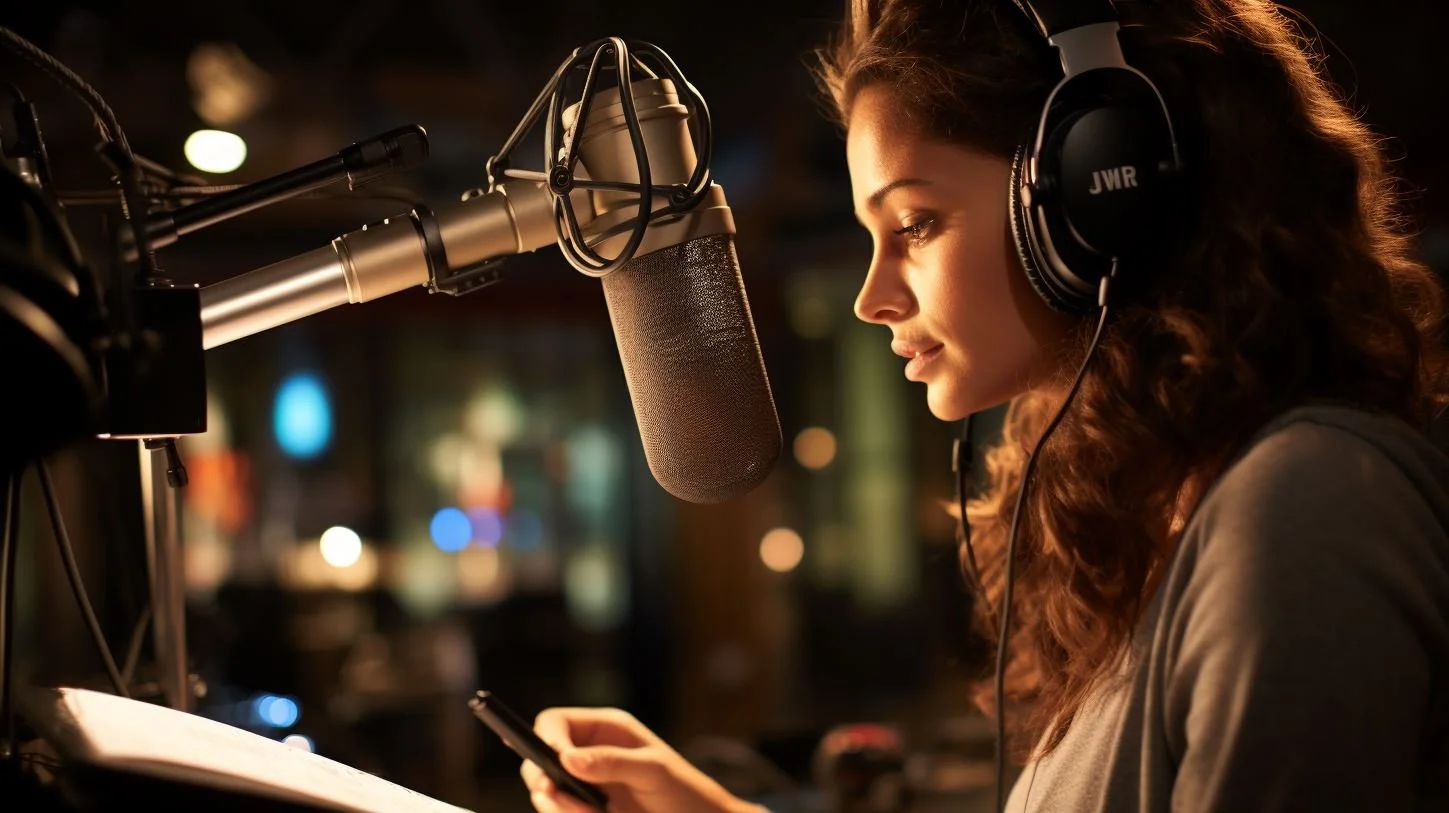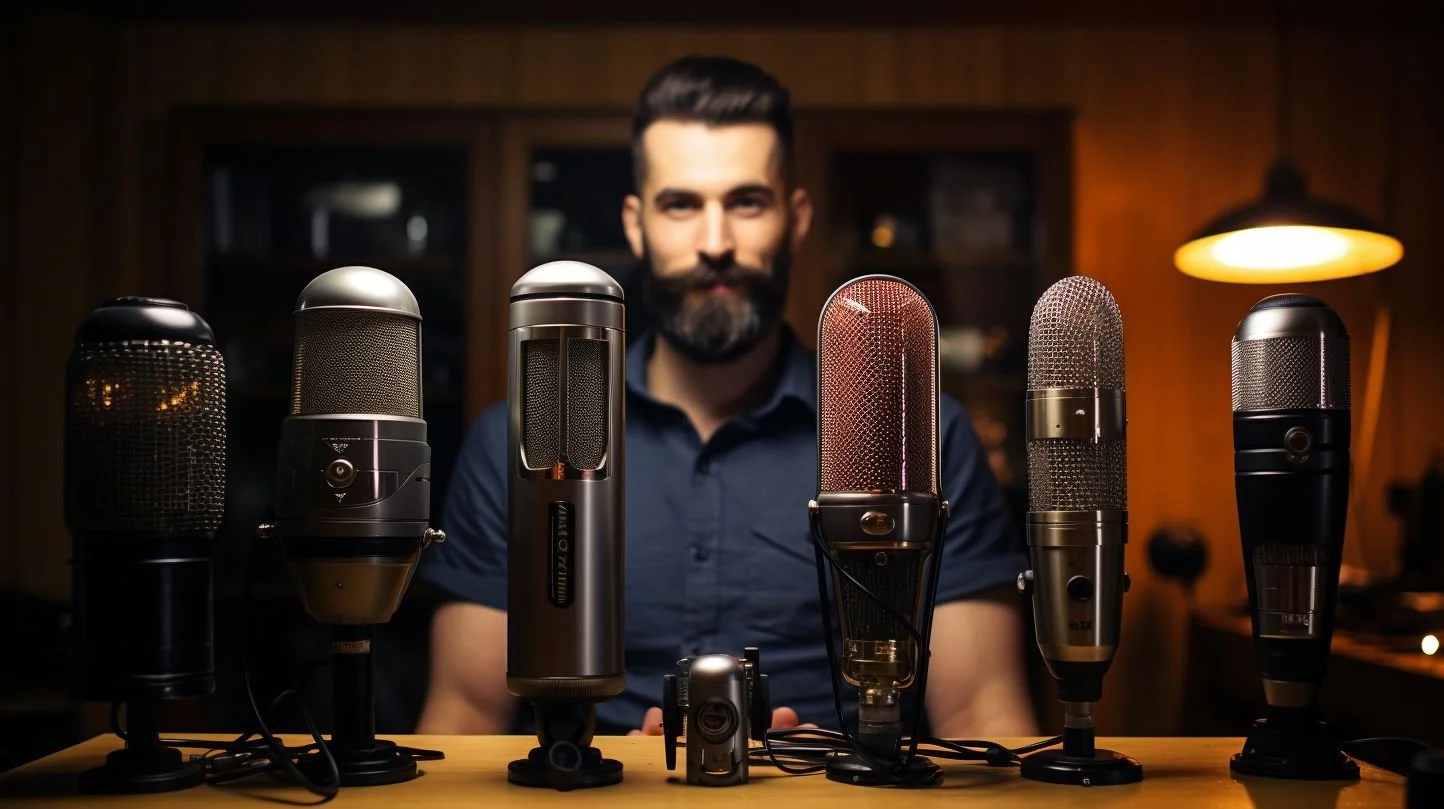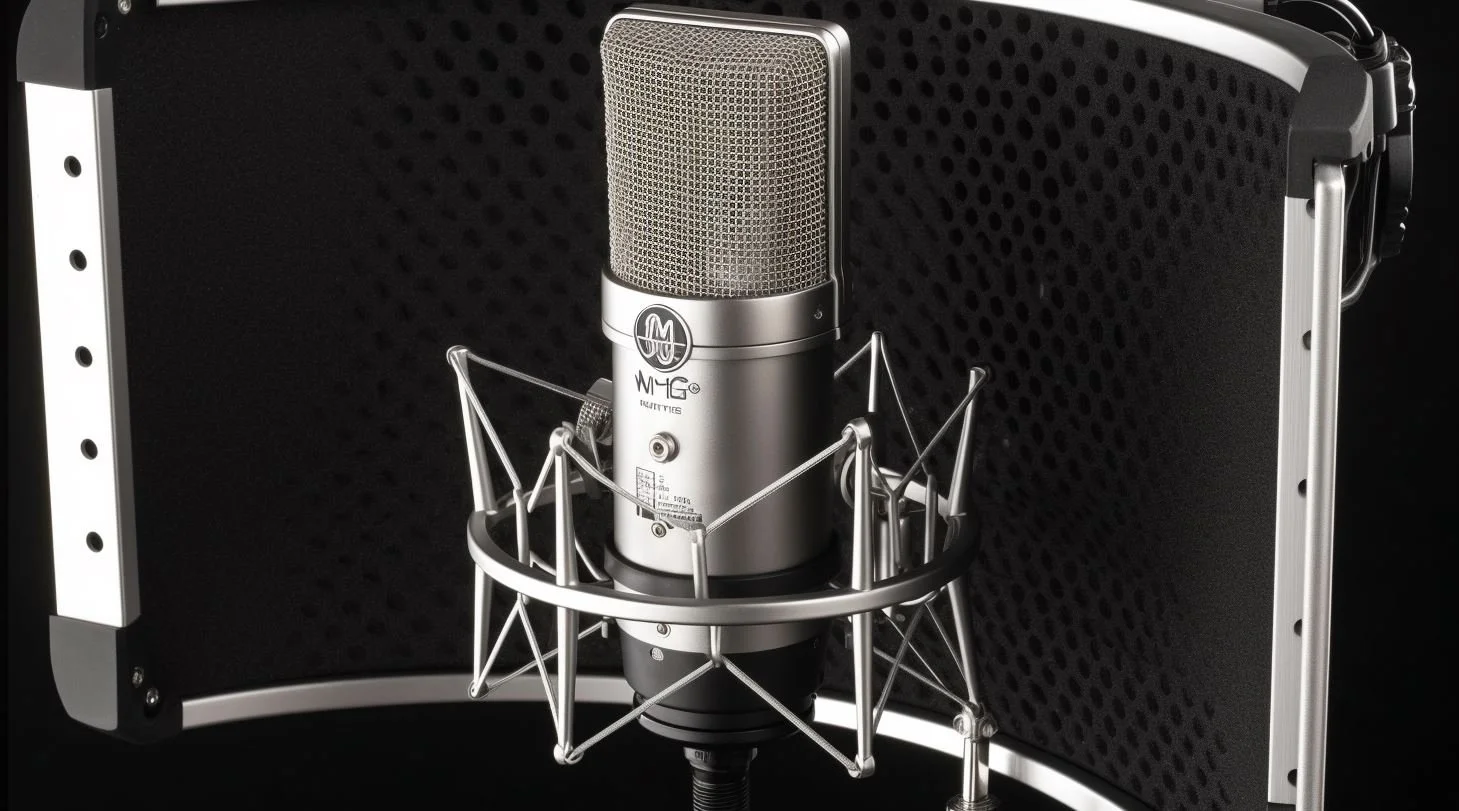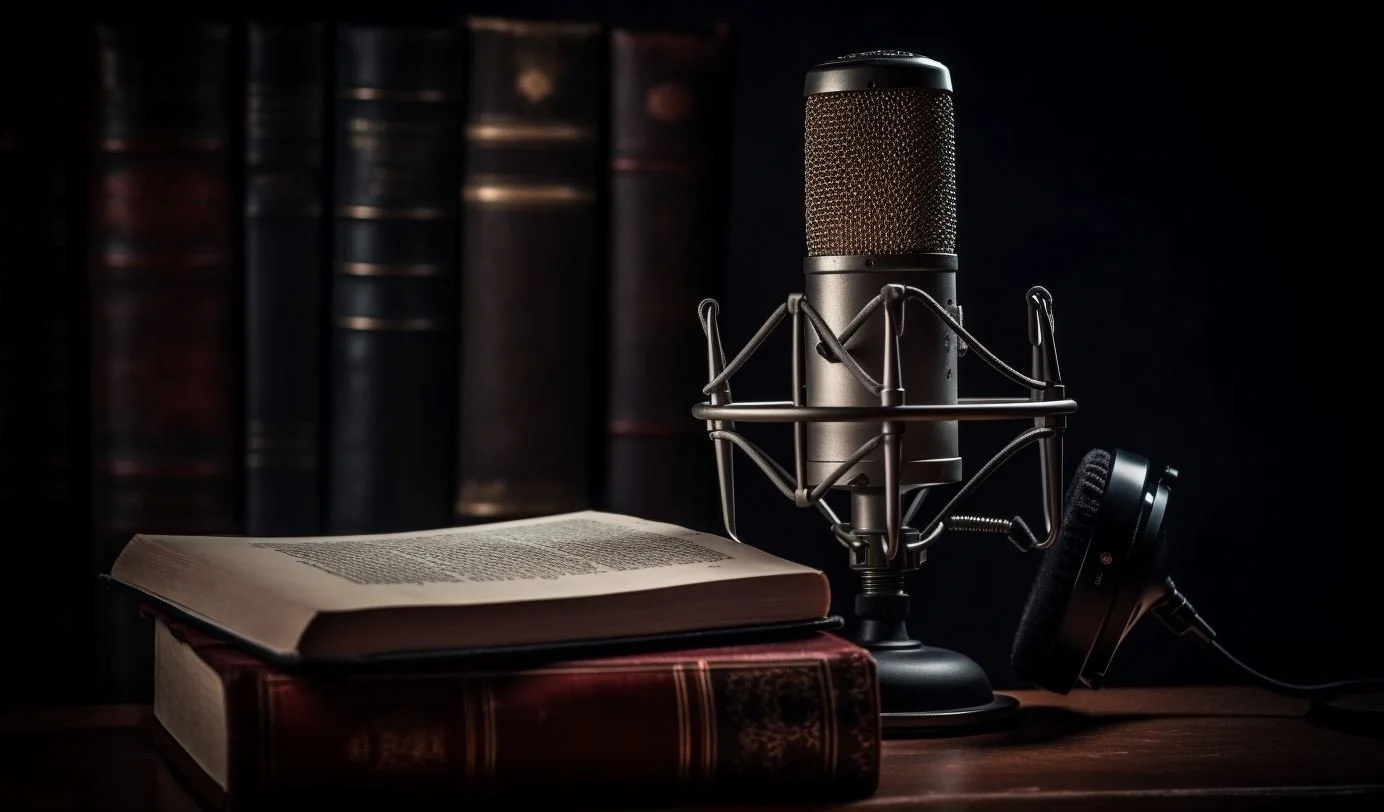What Microphone Does Joe Rogan Use?
Unveiling the various microphones used by Joe Rogan throughout his podcasting career.
In exploring the intricate world of podcasting and the nuances of audio quality, one often finds themselves pondering the equipment choices of prominent figures in the industry.
Among these figures, Joe Rogan stands out as a colossal presence, not only for his engaging conversations but also for the unmistakable clarity and richness of his voice.
A pivotal component contributing to Rogan's audio excellence is his microphone choice.
In this blog post, we delve into the details of the microphone that Joe Rogan uses, unraveling the technology behind his distinctive sound and the reasons behind his chosen audio gear.
Let's embark on a journey into the realm of podcasting equipment, dissecting the tool that plays a pivotal role in delivering Rogan's compelling voice to millions of eager listeners worldwide.
Disclaimer: This blog post contains affiliate links. If you purchase through one of these links, we may receive a small commission at no additional cost to you. This helps support our work and allows us to continue providing valuable content. Thank you for your support!
Summary:
Below we summarize what microphones Joe Rogan has used over the years as host of The Joe Rogan Experience.
Microphones Used By Joe Rogan:
Primary Mic: Shure SM7B - Used to record Joe Rogan and all of his featured guests.
USB Mic: Blue Yeti - Used to record episodes #854 with Louie Simmons and #965 with Robert Sapolsky.
Why The Shure SM7B?
Joe Rogan's deliberate choice of the Shure SM7B microphone for both himself and his guests on "The Joe Rogan Experience" podcast is rooted in a pursuit of unparalleled audio quality.
The Shure SM7B is celebrated in the broadcasting and podcasting community for its exceptional versatility and ability to capture voices with remarkable clarity and warmth.
Its dynamic cardioid design excels at isolating the desired sound source, effectively minimizing background noise, and ensuring a focused, professional audio experience.
The Shure SM7B's popularity among podcasters lies in its ability to handle a wide range of vocal tones with finesse.
Joe Rogan's podcast often features a diverse array of guests, each with their unique vocal nuances.
The SM7B's adaptability allows it to accommodate the distinct timbres and speaking styles of various individuals, contributing to a consistent and high-quality listening experience for "The Joe Rogan Experience" audience.
Moreover, the Shure SM7B's durability and reliability align seamlessly with the demands of Rogan's dynamic and frequently traveled podcast setup. Its robust construction ensures longevity, making it well-suited for the rigorous demands of a podcast that often takes place in different locations, from Rogan's home studio to on-the-road recordings.
Rogan's commitment to providing an immersive and top-notch audio experience for his audience is evident in his choice of the Shure SM7B. By employing a microphone renowned for its reliability, versatility, and exceptional sound reproduction, he sets a standard for podcasting excellence that resonates with both industry professionals and avid listeners alike.
Bottom Line: The Shure SM7B is one of the best podcasting microphones on the market.
Its smooth frequency response faithfully reproduces guests’ unique voices and the dynamic cardioid capsule puts the focus on their voice while limiting pickup of any background noise.
Additionally, the SM7B is renowned for its robust build, an important factor to consider when hosting a traveling podcast series.
SM7B Required Accessories
If you want to add a Sure SM7B to your own podcast’s arsenal, you’ll need a few additional accessories before you can start recording.
If you’re already an experienced podcaster, chances are you already have everything.
What You’ll Need
Microphone Arm - Used to hold a microphone and position it in front of the speaker’s mouth. Most podcasters use a microphone arm that attaches to a tabletop.
Headphones - Although not entirely required, having and wearing headphones while podcasting is recommended to help eliminate distractions and confirm that everything is working correctly.
Audio Interface - The Shure SM7B is a dynamic XLR microphone. An audio interface bridges the gap between microphone and computer, and makes recording possible. It does this by turning the analog signal into a digital one that computers can understand.
What Microphone Arm Does Joe Rogan Use?
For the vast majority of “The Joe Rogan Experience” episodes, Joe and his guests are all using Gator Frameworks Deluxe Desktop Mic Boom Stand (3000 series).
One of the standout features of the Gator Frameworks boom stand is its practical design, tailored for the needs of broadcasting and podcasting.
The ability to mount securely to surfaces up to 2.17 inches thick ensures stability during recording sessions, eliminating any potential disruptions caused by a wobbly or unsteady microphone stand. This stability is crucial, especially in a dynamic podcasting environment where guests might move around or express themselves passionately.
The stand's versatility is underscored by its 360-degree rotation capability, allowing for effortless adjustments to the microphone's position.
The multiple adjustment knobs further enhance the customization options, enabling Rogan and his guests to set their preferred angles for optimal recording. This adaptability is particularly valuable given the diverse range of individuals and conversational dynamics featured on "The Joe Rogan Experience."
Another key aspect that aligns with Rogan's standards is the stand's minimal sound production when being moved. This engineered feature reduces the risk of intrusive background noise, maintaining the podcast's audio integrity. For a show that often features nuanced discussions and moments of intensity, this becomes a crucial element in ensuring a polished and distraction-free listening experience.
The Gator Frameworks Deluxe Desktop Mic Boom Stand's spring-loaded articulating arm, with a substantial weight capacity and a generous extension of up to 32.25 inches, adds to its appeal. This robust construction is well-suited for accommodating a variety of microphones, including extra heavy broadcast mics and large-diaphragm condensers.
Joe Rogan’s Upgraded Microphone Arm
Starting with episode #1699 to the present (Feb. 4th, 2024), the JRE podcast has upgraded their microphone arms to the O.C. White ProBoom Ultima Gen2.
One of the standout features of the ProBoom Ultima Gen2 is its 29-inch overall reach, providing an extended and adjustable range that proves invaluable in accommodating various microphone setups.
With a weight capacity of 1-5 lbs, this microphone arm caters to a diverse range of microphones, allowing for seamless integration with the equipment preferences of Joe Rogan and his guests.
The integrated cable management system is a practical addition, contributing to a clean and organized studio setup. This feature aligns with the podcast's commitment to professionalism, ensuring that cables are neatly managed and do not interfere with the visual or auditory aspects of the recording.
The ProBoom Ultima Gen2's specialized angle limiting adjustment is a noteworthy advancement, allowing for locked rotation ranges. This ensures precision in positioning the microphones, facilitating a more controlled and focused recording experience. The inclusion of quick-release joints further streamlines the setup process, enabling swift adjustments to meet the dynamic requirements of different podcast episodes.
The ProBoom Ultima Gen2's Pro Stop Rotations of 360°, 180°, and 90° provide versatile positioning options, allowing for a wide range of microphone orientations. This adaptability is crucial in a podcast setting where guests may have varying preferences for microphone placement.
The addition of the spring tension balance gauge enhances the user experience by providing a visual indicator of the arm's balance. This feature aids in achieving optimal microphone positioning and contributes to a smoother recording process.
What Headphones Does Joe Rogan Use?
Since almost the very beginning of the JRE podcast, Joe and most of his guests have used Sennheiser HD280PRO Headphones.
The HD 280 Pro boasts exceptional ambient noise attenuation, immersing both Rogan and his guests in a focused auditory environment. This feature is crucial in the podcast setting, where clear communication is paramount, allowing for the nuanced discussions that are a hallmark of "The Joe Rogan Experience."
The headphones' accurate and linear sound reproduction is a pivotal factor influencing Rogan's preference. With a frequency response spanning 8Hz to 25kHz, the HD 280 Pro delivers a well-balanced audio profile, ideal for the demands of mixing, recording, and monitoring.
This precision ensures the faithful representation of the podcast's audio content, meeting the discerning expectations of audio professionals and enthusiasts.
Comfort is paramount during extended recording sessions, and the Sennheiser HD 280 Pro excels in this regard with its soft earpads and appropriate clamping force. The collapsible design and swiveling ear cups enhance flexibility, offering comfort during prolonged wear without sacrificing convenience in storage or transport.
Durability and robust construction are vital attributes of a dynamic podcasting environment. The HD 280 Pro, priced reasonably, provides a winning combination of reliability, utility, and sound quality. This makes it an accessible yet formidable choice for podcasters, musicians, and audio engineers.
What Audio Interface Does Joe Rogan Use?
The JRE producer, Jamie Vernon, also known as Young Jamie, uses a Universal Audio Apollo FireWire Audio Interface for sending the live podcast audio into his computer.
Jamie's choice of this audio interface is rooted in its advanced capabilities, specifically tailored to meet the demands of live podcast production. The Apollo FireWire stands out for its ability to provide real-time processing with near-zero latency, thanks to the Apollo Console software and built-in quad-core processors.
One key advantage of the Apollo FireWire is its onboard UAD-2 QUAD Core processing, which significantly reduces the CPU load on the computer. This proves crucial in a live podcasting scenario where processing power is at a premium, allowing for smooth and efficient real-time audio processing without taxing the host computer, which is essential for maintaining the flow of the podcast.
The interface's high-resolution A/D and D/A conversion, synonymous with the Apollo brand's 60-year heritage of audio craftsmanship, ensures that the podcast benefits from world-class sound quality. Jamie can utilize the Apollo FireWire alongside UAD-2 PCIe DSP Accelerator cards and UAD-2 Satellite FireWire for scalable mixing power, providing a versatile and powerful audio processing solution for the podcast studio.
One standout feature of the Apollo FireWire is its Unison technology, which replicates the genuine sound of iconic preamps from Neve, API, Manley, and Universal Audio.
The integration of hardware-software Unison technology allows Jamie to emulate the distinct characteristics of these sought-after preamps, capturing their input impedance, gain stage sweet spots, and component-level circuit behaviors with precision.
Moreover, the audio interface comes equipped with a full suite of classic analog processing onboard. This includes renowned analog emulation plug-ins such as the Teletronix LA-2A, 1176LN, and Fairchild compressors, along with legendary Pultec EQs and the Unison-enabled UA 610-B Tube Preamp.
These Realtime Analog Classic plug-ins, developed by Universal Audio's esteemed team of algorithm engineers, set a gold standard for hardware emulation, providing Jamie with a versatile toolkit for shaping the podcast's audio in real-time.
What Other Equipment Does the JRE Podcast Use?
Podcast Unit: Altinex Podcast Tilt ‘N Plug Jr. (TNP130)
Situated on the guest's desk is a seamlessly integrated "podcast unit" that elegantly emerges upon a gentle press.
The Altinex Podcast Tilt ‘N Plug Jr. is equipped with a suite of features, including a headphone jack, a conveniently adjustable volume control knob, a handy cough button for instant microphone muting, a USB connector for device charging, and an HDMI input facilitating seamless laptop connectivity to the TV screen.
Notably, the unit proudly displays a distinctive JRE logo in the corner, adding a touch of customization to the podcasting setup (see video).
Headphone Amplifier: Behringer POWERPLAY HA8000
Enabling the use of multiple headphones and granting each individual the freedom to fine-tune their audio experience, a headphone amplifier plays a pivotal role in the podcasting setup.
The primary input cable seamlessly connects to the headphone output from the mixer, creating a versatile audio distribution system.
The Behringer POWERPLAY HA8000 stands out with its dual main inputs, along with eight dedicated headphone amplifier sections featuring independent volume controls, an eight-digit LED output meter, a main input switch, and a mono/stereo switch for added flexibility.
This advanced headphone amplifier is designed with convenience in mind, offering two headphone outputs per channel—one on the front panel and another on the rear panel.
This thoughtful design ensures accessibility and ease of use for podcast participants.
Behringer goes a step further by providing alternative options with smaller four-channel and six-channel headphone amplifiers, catering to various podcasting setups and preferences with their range of high-quality audio distribution solutions.
Mixer: Behringer XENYX X1222USB
While not required, incorporating a mixer into your podcasting setup can significantly enhance sound quality and afford greater control over the audio dynamics.
A mixer plays a pivotal role in amalgamating diverse inputs from various microphones and sources into a unified recording. The individual channels on a mixer offer independent control, enabling precise adjustments. Integrated mic preamplifiers contribute to elevating mic levels to line-level, optimizing audio input.
Investing in a quality mixer transforms podcasting into a dynamic experience reminiscent of a live radio show. It empowers podcasters to seamlessly integrate intros, outros, audio clips, music, and even YouTube videos on-the-fly during recording, virtually eradicating the need for extensive post-production.
An exemplary model, previously featured on the JRE Podcast, is the Behringer XENYX X2442USB; however, the current mixer in use is the Behringer XENYX X1222USB.
The X1222USB boasts four stereo inputs, six mic inputs, four mic preamps, and four compressors.
Each channel offers autonomous gain control, a 3-band equalizer, aux sends, pan control, mute button, and fader—providing a comprehensive suite of tools for meticulous audio manipulation.
Facilitating seamless integration with computer recording setups, the USB audio interface links the mixer directly to a computer, allowing users to record audio using their preferred software.
This setup exemplifies the flexibility and capabilities a mixer can bring to podcast production, offering both efficiency and high-quality audio control.
Chairs: HAG Capisco Chair
The Joe Rogan Experience (JRE) podcast has incorporated HAG Capisco Chairs to prioritize the comfort and well-being of host Joe Rogan and his guests.
The unique design of the HAG Capisco 8106 challenges traditional notions of seating, encouraging users to experiment with different positions throughout the day.
Despite its unconventional appearance, the chair surprises users with its ergonomic benefits, providing firm support without the sensation of "sinking in."
Assembling the HAG Capisco 8106 is straightforward, and its adaptability is enhanced by a gas lift mechanism and three levers for easy adjustments.
The chair's focus on dynamic movements aligns with the JRE podcast's commitment to providing a health-conscious environment.
While pricier compared to traditional office chairs, the HAG Capisco 8106 justifies its cost through a blend of aesthetics, functionality, and a health-conscious design, making it a valuable addition to the podcast studio.
Conclusion:
In conclusion, Joe Rogan's microphone choice for the Joe Rogan Experience (JRE) podcast, the Shure SM7B, stands as a testament to his commitment to top-notch audio quality. Paired with the Gator Frameworks Deluxe Desktop Mic Boom Stand and the O.C. White ProBoom Ultima Gen2, the podcast studio has invested in a comprehensive setup that ensures optimal microphone positioning and flexibility. The attention to detail extends to the choice of Sennheiser HD280PRO headphones, offering a reliable and accurate audio monitoring solution.
These carefully selected tools contribute to the podcast's professional audio production, showcasing a dedication to delivering a high-quality listening experience for JRE's vast audience.
Thanks for reading.
Follow Me On:
Share this post and help the website grow:

